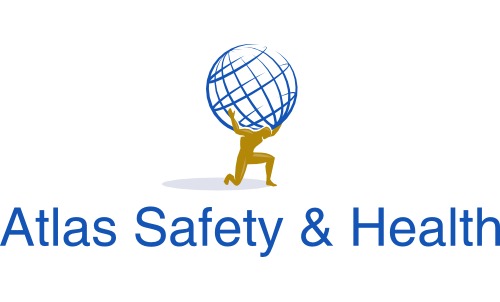New Silica Standard 29 CFR 1926.1153
Your safety is our number one goal
Construction industry employers need to know that from September 23rd , 2017 (was extended for another month), OSHA is enforcing the new Standard (29 CFR 1926.1153) that requires employers to take certain measures to protect their employees from respirable crystalline silica. Crystalline silica is a mineral that can be found in construction materials such as sand, stone, concrete, marble, granite, dry wall, onyx, brick and mortar. Crystalline silica becomes airborne and can cause, over time, asthma, lung cancer, lung disease, and kidney disease when is disturbed with tools such as masonry saws, concrete mixers, grinders, drills, and jackhammers. The standard (29 CFR 1926.1153) requires employers to take certain steps to limit workers exposure to respirable crystalline silica. Employers can either use a control method described in OSHA table 1 (Specified Exposure Control Methods When Working with Materials) of the construction standard or they can measure worker’s exposure to silica and decide which protective measures to take.
In the control method employers are required to use water to suppress the dust or a vacuum dust system to capture the dust. Furthermore, depending on where the job takes place, indoors or outdoors, the length of the work per day, 4 hours or more per day, kind of tool, the workers might need to use a respirator (29 CFR 1910.134) that provides an assigned protection factor (APF) of 10 or more, such as a dust mask type N95.
In the alternative control method the employer will not have to implement the control method of table 1 but must take atmospheric measurements and take protective action if the worker’s exposure to silica is above the permissible exposure limit of 50 mgr/m3 (micrograms of silica per cubic meter of air), averaged over an 8-hour work day. The employers can use different dust suppression methods and work processes, if they cannot reduce the worker’s exposure limit below the permissible PEL they will have to provide their workers with respirators (29 CFR 1910.134).
New Standard General Requirements
The silica standard also requires, regardless of the dust control method, that all construction employers covered by the standard must:
- Establish and execute a written exposure control plan that describes the work processes that create exposure and the safety measures that will be taken to eliminate or abate the silica hazard. The plan must include appropriate steps to restrict access to worksites where high exposure might occur.
- Designate a competent person that will execute the written exposure control plan.
- Offer medical exams, including X-rays, and lung function tests, every three years for workers who are required to wear a respirator for 30 or more days per year.
- Retain the worker’s records of exposure and their medical exams.
- Train workers on the health effects of silica exposure, identify the processes that create exposure and describe safe work practices that will minimize the hazard.
To conclude, OSHA’s new silica standard is enforced since October 23rd, 2017. Silica is a mineral that when it becomes airborne and is inhaled can cause, over time, serious illnesses such asthma, lung cancer and kidney damage. Employers are required to use one of two methods to abate the silica hazard. Regardless of the method implemented, employers have to create a written exposure plan, designate a competent person who will oversee the exposure plan, offer medical exams to their employees, retain the medical records of exposure and provide their employees with the appropriate training.
